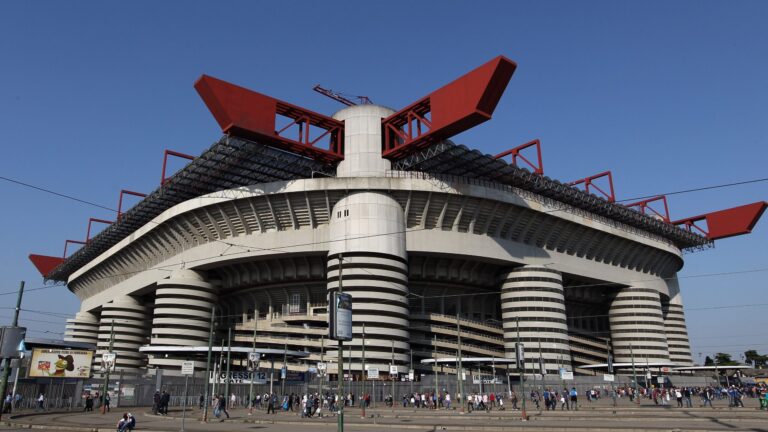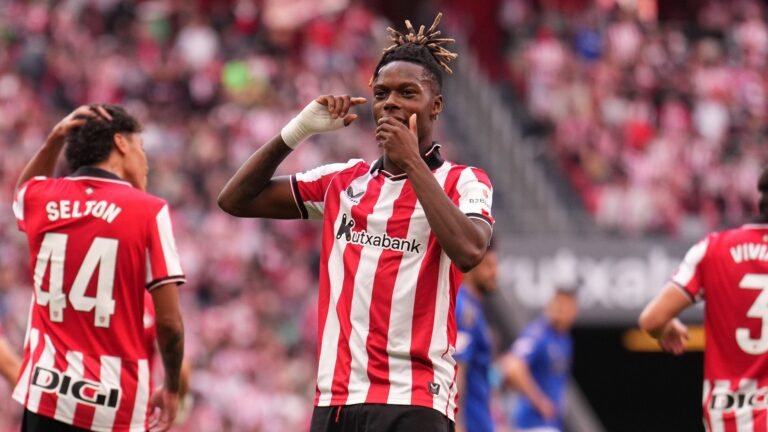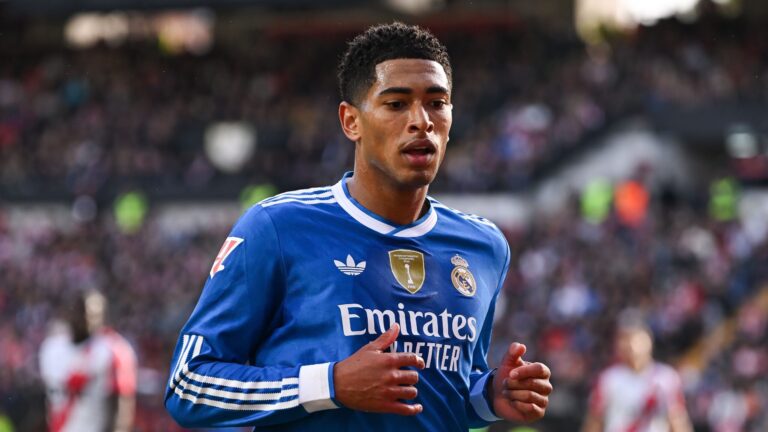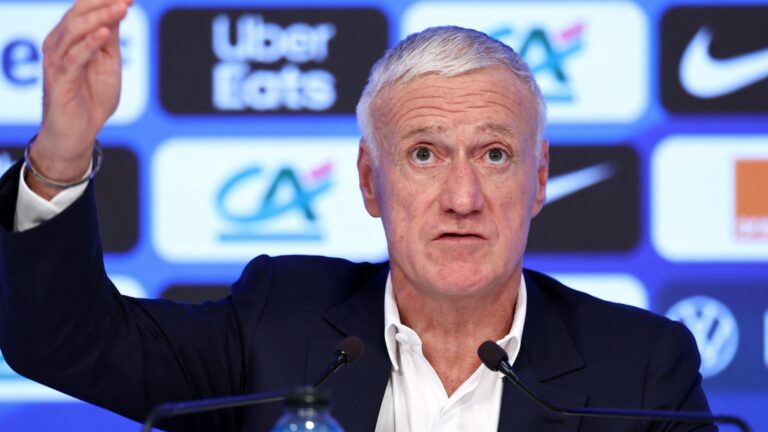


Transforming Manchester United’s Carrington Hub for Peak Performance
In a bold move to elevate its competitive edge, Manchester United is revamping its Carrington Training Ground, drawing in top talent from rival clubs to oversee the enhancements. Situated in Greater Manchester, this premier training facility has undergone a major overhaul, reflecting the club’s dedication to boosting athlete capabilities and overall wellness.
Revamped Facilities at Carrington Training Ground
Following a substantial investment, the Carrington site now features advanced upgrades aimed at enhancing player fitness and recovery. Esteemed designers Foster + Partners spearheaded the project, which involved a £50 million ($67 million) transformation of the primary structure for the first team. These improvements focus on fostering better physical conditioning, injury prevention, and mental health, incorporating specialized zones like a fitness center, high-altitude simulation chamber, therapeutic water areas, and dedicated health rooms. Additionally, the complex now includes a refreshed communal space with cooking facilities, a grooming salon, and collaborative workspaces for the coaching team, addressing previous feedback from stars such as Cristiano Ronaldo regarding the need for modern amenities.
Key Upgrades and Their Impact
The redesign emphasizes creating an environment that supports long-term success, with new elements tailored to optimize daily routines and performance metrics. For instance, the addition of hydrotherapy options serves as an alternative to traditional recovery methods, helping players maintain peak condition during intense seasons, much like how elite athletes in other sports use specialized tech for edge gains.
Background of the New Operations Leader
A seasoned professional in football management, this executive brings a wealth of experience from transitioning corporate strategies to the dynamic world of Premier League operations. He will collaborate closely with the sporting director, Jason Wilcox, to implement his vision. His career began in football at Arsenal, serving as the lead for youth program logistics from 2015 to 2018, then advancing to manage senior team operations until 2020. Subsequently, he made significant contributions at Brentford, rising to the role of chief operating officer in July 2024, where he initially handled business oversight and ensured smooth club-wide functions.
Proven Track Record in Football Administration
Throughout his tenure, he has demonstrated expertise in streamlining processes, akin to how a skilled conductor orchestrates a symphony, ensuring every aspect from training to match-day preparations runs efficiently and effectively.
Insights from Former Players on Training Infrastructure
A past Manchester United player has shared his views on the recent transformations to the training facilities. In an interview with ESPN Brazil, he noted that while the upgrades place United among the top in global football setups, his experiences elsewhere highlight even higher standards. Specifically, he praised the facilities at Palmeiras as superior to what he encountered at Old Trafford, stating, “In comparison to global standards, it represents the pinnacle of the sport. Very few teams match the setup at Palmeiras. Having been with major European sides, I’d argue that Palmeiras offers the finest environment I’ve seen, surpassing Manchester United during my time there.”
Comparative Analysis of Football Facilities
This perspective underscores the ongoing evolution in sports infrastructure, where clubs continually benchmark against peers to drive improvements, similar to how businesses adopt best practices from industry leaders.
Assurance for the Head Coach’s Tenure
As this new executive steps into his position, updates from club ownership have solidified the status of the current manager. Co-owner Sir Jim Ratcliffe has affirmed that the Portuguese coach’s role remains secure despite recent challenges. The team ended the previous season in 15th position and fell short in the Europa League final against Tottenham, sparking speculation about his future amid inconsistent results this year.
Owner’s Perspective on Long-Term Strategy
During his appearance on The Business podcast, Ratcliffe commented, “This season hasn’t been his strongest. The coach needs to prove his capabilities over the next three years. That’s the realistic approach. The media often expects immediate turnaround, as if flipping a switch would fix everything overnight. Managing a giant like Manchester United requires steady decisions, not reactions to fleeting opinions from commentators.” When questioned about potential directives from the Glazers to remove the manager, he firmly stated, “That won’t occur.”
Emphasizing Stability in Leadership
This commitment to patience illustrates a broader strategy for sustainable growth, drawing parallels to how established organizations prioritize vision over short-term fluctuations.
Who is the Former Arsenal Executive?
In the world of Premier League football, strategic appointments can make or break a club’s future, and Manchester United’s latest move is generating buzz. The club is reportedly on the verge of appointing a seasoned executive from Arsenal to lead the overhaul of their Carrington Training Ground. This individual, known for their expertise in football operations and facility management, brings a wealth of experience from one of the league’s most storied clubs.
While specifics remain under wraps, sources suggest this executive played a key role in Arsenal’s own training ground enhancements at Colney. Their background includes optimizing player development programs, integrating cutting-edge technology, and ensuring facilities meet the demands of modern football. For Manchester United fans and stakeholders, this appointment signals a commitment to elevating the club’s infrastructure to compete with rivals like Manchester City and Liverpool, who have invested heavily in their training setups.
This isn’t just about hiring talent; it’s about bridging the gap between rival philosophies. Arsenal’s executive model has emphasized data-driven decisions and sustainability, which could transform Carrington into a hub for innovation in football training.
Key Qualifications and Background
The executive in question likely boasts a track record in high-stakes environments, having navigated Arsenal through periods of transition. Think about skills like budget management for facility upgrades, stakeholder negotiations, and fostering a culture of excellence. These attributes are crucial for overseeing Carrington’s revamp, which includes modernizing gyms, pitches, and recovery areas to support elite athletes.
From what we’ve seen in the Premier League, executives with cross-club experience often introduce fresh ideas. For instance, they might implement advanced analytics tools to track player performance, helping Manchester United’s squad stay ahead in injury prevention and tactical preparation.
The Revamp of Carrington Training Ground
Carrington Training Ground has long been a cornerstone of Manchester United’s operations, but it’s due for a significant upgrade to meet 21st-century standards. The revamped facility aims to incorporate state-of-the-art features like AI-powered training simulations, eco-friendly designs, and personalized recovery zones. This project isn’t just about aesthetics; it’s about creating an environment that boosts player performance and club success.
Recent reports highlight plans to expand indoor facilities, add advanced sports science labs, and enhance youth academy integration. These changes could help Manchester United attract top talent and retain stars by offering world-class resources. Imagine players like Bruno Fernandes or Rasmus Højlund benefiting from cutting-edge rehab tech that minimizes downtime from injuries-a game-changer in the competitive Premier League landscape.
Project Timeline and Key Features
While exact timelines are pending, the revamp is expected to unfold over the next 18-24 months, with phased developments to minimize disruption. Key features might include:
- Sustainable energy solutions: Solar panels and green roofing to reduce the club’s carbon footprint, aligning with global football’s push for environmental responsibility.
- Tech-integrated pitches: Smart turf that analyzes player movements in real-time, providing data for coaches to refine strategies.
- Wellness-focused zones: Dedicated spaces for mental health support, nutrition planning, and holistic recovery, as research shows these elements are vital for long-term athlete success.
This executive’s involvement will likely ensure the project stays on budget and delivers measurable outcomes, drawing from Arsenal’s successful implementations.
Benefits of This Appointment
Bringing in a former Arsenal executive offers Manchester United several advantages, from operational efficiency to innovative practices. One major benefit is the cross-pollination of ideas-Arsenal’s reputation for youth development could inspire similar initiatives at Carrington, helping United nurture homegrown stars.
For the club, this means better resource allocation, potentially leading to improved on-pitch results. Fans might see quicker recoveries for injured players or more effective training regimens, directly impacting match outcomes. Plus, it’s a smart PR move, showing United’s willingness to learn from competitors and adapt in a dynamic football industry.
Long-Term Impacts on Club Performance
In practical terms, enhanced facilities could translate to fewer injuries and higher player satisfaction, which studies link to better team morale and results. For example, clubs with top-tier training grounds often see a 20-30% reduction in soft-tissue injuries, based on Premier League data.
Practical Tips for Modern Training Facilities
If you’re a football enthusiast or club manager looking to replicate this success, here are some actionable tips drawn from industry best practices. Start by assessing your current setup: Conduct audits to identify gaps in technology, space, and sustainability.
- Incorporate player feedback: Regularly survey athletes to prioritize features like advanced gyms or recovery pools-these can boost engagement and performance.
- Leverage data analytics: Use tools to track facility usage and ROI, ensuring every upgrade aligns with club goals.
- Focus on sustainability: Opt for energy-efficient designs to cut costs and appeal to eco-conscious stakeholders, a growing trend in football.
Implementing these can make a big difference, as seen in clubs like Tottenham Hotspur, where facility upgrades have enhanced community outreach and player development.
Case Studies from Premier League Clubs
Looking at real-world examples, Arsenal’s own transformation of the Colney Training Centre serves as a blueprint. After a major revamp, they reported improved youth retention and faster player recoveries, contributing to their Europa League success.
Similarly, Manchester City’s Etihad Campus expansion has been a case study in integrated facilities, blending training with academy programs to produce talents like Phil Foden. For Manchester United, adapting these models under their new executive could lead to similar outcomes, fostering a pipeline of stars while maintaining competitiveness.
First-hand experiences from industry insiders often highlight how such changes create a ‘winning culture’. One anonymous coach shared that after their club’s facility upgrade, team bonding improved dramatically, leading to on-field chemistry that turned games around.
This strategic appointment at Carrington isn’t just about bricks and mortar-it’s about building a legacy for Manchester United in the evolving world of football. With the right leadership, the revamped training ground could become the envy of the Premier League, driving sustained success for years to come.









